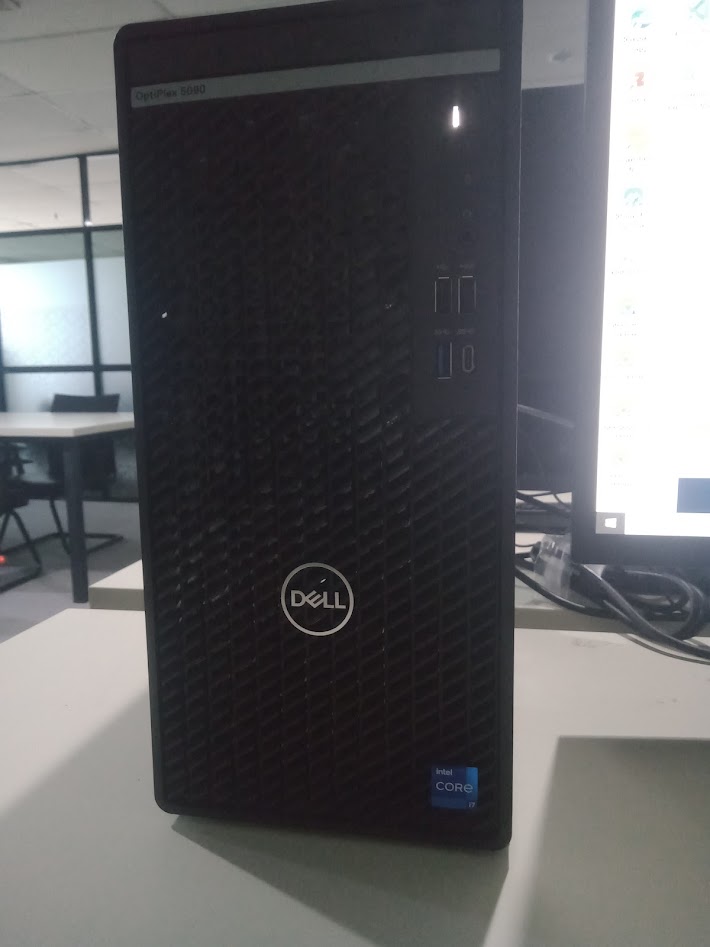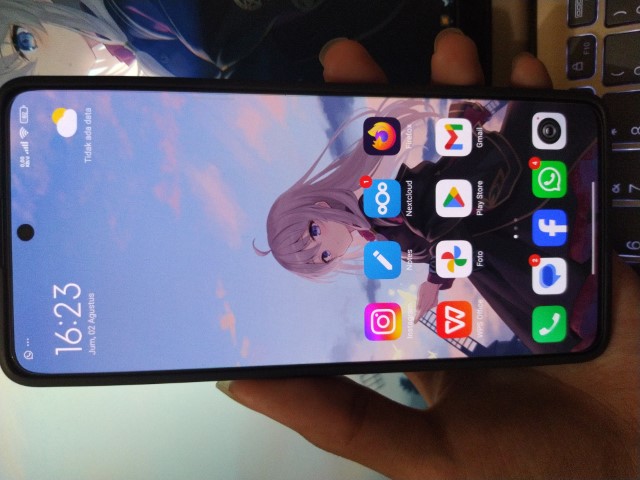Comparing: Intel UHD Graphics 750 vs Qualcomm Adreno 710
In this comparison, we analyze two Videocards: Intel UHD Graphics 750 and Qualcomm Adreno 710, using synthetic benchmark tests to evaluate their overall performance. This side-by-side comparison helps users understand which hardware delivers better value, speed, and efficiency based on standardized testing. Whether you're building a new system or upgrading an existing one, this benchmark-driven evaluation offers valuable insights to guide your decision.

Intel UHD Graphics 750
| Type: | Videocards |
|---|---|
| Brand: | Intel |
| Model: | UHD Graphics 750 |
Specification Comparison Table
This specification comparison presents technical details of several devices or components to help you understand the key differences between each option. Use this table as a reference to determine which device best suits your needs.
| Specification | Intel UHD Graphics 750 | Qualcomm Adreno 710 |
|---|---|---|
| Architecture | Rocket Lake | Adreno 700 |
| Codename | Rocket Lake GT1 | - |
| Buswidth | SHARED | - |
| Clock | 350 MHz - 1300 MHz | 800 MHz - - |
| Memory Clock | SHARED | - |
| Technology | 14 nm | 4 nm |
| Interface | IGP | IGP |
| Technology | 14 nm | 4 nm |
| Segment | Desktop | Mobile |
Submission Comparison Table
This submission comparison table displays the number and details of benchmark data submissions from various devices or components. This information helps you understand the performance based on the benchmarks that have been tested, as well as providing an overview of the consistency and popularity of the available benchmark results.
Submission Comparison Chart
This chart visualizes the benchmark scores comparison between two hardware devices based on submitted data.
Media Gallery
A collection of photos of tested hardware. These images can help you identify the physical form, model, and variant of the hardware in question. These photos are from our own documentation, and if they are not available we may not be able to document them.
About Hardware Intel UHD Graphics 750
Intel UHD Graphics 750 is an integrated GPU used in the 11th generation Intel Core processors (Rocket Lake), including models such as the Core i5-11400 and Core i7-11700. It has 32 Execution Units (EUs) and runs at frequencies up to 1.3 GHz, offering competitive graphics performance in the iGPU (integrated GPU) class. Designed to handle daily graphics tasks, the UHD Graphics 750 is a significant upgrade from its predecessor, the UHD 630, especially in terms of media efficiency and modern codec support.
With support for DirectX 12, OpenGL 4.6, and Vulkan 1.2, the Intel UHD 750 can run multimedia applications, 2D graphics, and light games in a stable manner. Hardware acceleration features for HEVC (H.265), VP9, and AV1 codecs are also present, enabling high-resolution video playback (up to 4K) with lower power consumption. In addition, HDR support makes this GPU suitable for entertainment needs such as video streaming, light video editing, and high-quality visual displays on modern monitors.
This GPU is integrated in systems like the Dell OptiPlex 5090 that use an Intel Core i7-11700 processor, 32GB of RAM, and Windows 10 operating system. In this configuration, the UHD Graphics 750 is able to handle most everyday visual computing needs without the need for a discrete GPU. The graphics performance is sufficient enough to open multiple browser tabs with multimedia content, run productivity applications such as Microsoft Office, Zoom, and even some light e-sport games.
Hardware Detail:
Device: Dell OptiPlex 5090
CPU: i7-11700
RAM: 32GB
OS: Windows 10
Tuesday, 13 June 2023 12:07:50 | Update: 1 month ago
About Hardware Qualcomm Adreno 710
Qualcomm Adreno 710 is an integrated GPU (Graphics Processing Unit) used in the Snapdragon 7s Gen 2 chipset. Designed to provide an optimal balance between graphics performance and power efficiency, Adreno 710 is one of the best GPU solutions in the mid-range class, suitable for users who prioritize a smooth visual experience in both everyday use and when playing games and multimedia.
In synthetic benchmark testing using the Xiaomi Redmi Note 13 Pro 5G device featuring the Snapdragon 7s Gen 2, the Adreno 710's performance proved to be competitive. On AnTuTu Benchmark v10, the Adreno 710 achieved a GPU score of 116,839 points, indicating that this GPU can run popular games like Mobile Legends, PUBG Mobile, and Genshin Impact smoothly at medium graphics settings.
Additionally, in Geekbench 6 Compute testing, the Adreno 710 achieved a score of 1,729 points, measuring GPU-based computational capabilities in modern scenarios such as image processing and light machine learning. For gaming benchmarks, the 3DMark Wild Life Extreme, which simulates heavy graphical loads, yields a score of 792 points, while the 3DMark Sling Shot Extreme Unlimited records a score of 4,672 points. These figures indicate that the Adreno 710 is capable of handling games with complex graphics, though for AAA games on mobile, it may be necessary to lower visual quality to maintain frame rate stability.
The Adreno 710 also supports modern graphics APIs such as Vulkan, OpenGL ES, and OpenCL, making it compatible with a wide range of the latest apps and games on Android. Users will also benefit from good power efficiency, as this GPU is built on the same 4nm architecture as the Snapdragon 7s Gen 2 chipset, helping to reduce heat and extend battery life during heavy use.
Overall, the Qualcomm Adreno 710 is an integrated GPU that offers solid performance in the mid-range. It is suitable for users who want to enjoy smooth graphics, seamless multitasking, and optimal battery life without having to sacrifice gaming performance entirely. With the latest technology support and adequate benchmark results, the Adreno 710 is a significant added value to Snapdragon 7s Gen 2-based devices.
Device Test (testbed):
Device: Xiaomi Redmi Note 13 Pro 5G
Specs: Snapdragon 7s Gen 2, 256GB UFS, 8GB RAM
OS: Xiaomi HyperOS 1 (Android 14)
* Testing device in new condition, latest benchmark software, and latest system updates
Wednesday, 09 July 2025 23:18:17 | Update: 1 week ago



